Home>Garden Essentials>How Many Seeds Does A Pomegranate Have
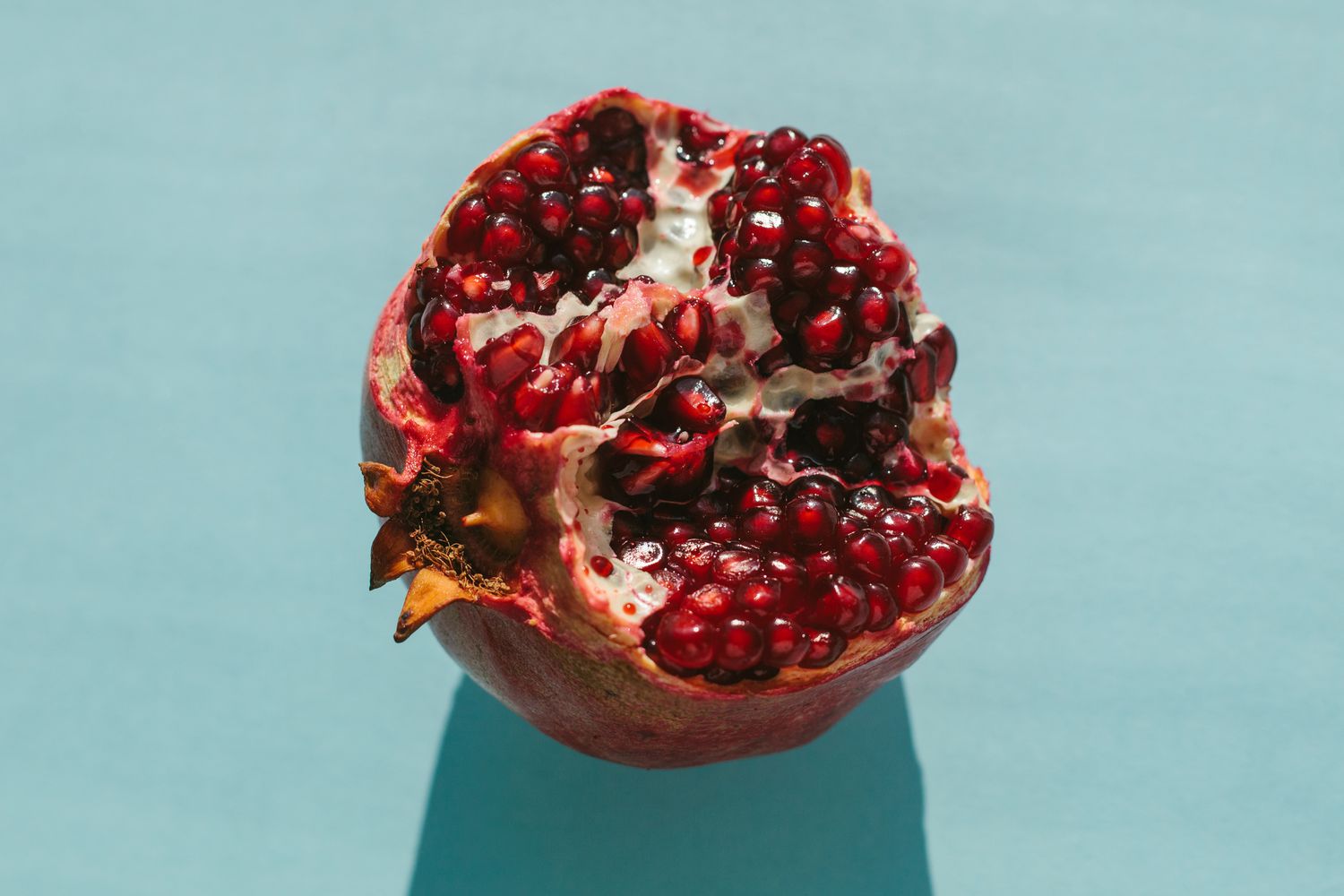

Garden Essentials
How Many Seeds Does A Pomegranate Have
Modified: March 24, 2024
"How many seeds does a pomegranate have? Explore the fascinating world of pomegranate cultivation in your garden and discover the secrets behind its abundant harvest. Grow your own pomegranates today!"
(Many of the links in this article redirect to a specific reviewed product. Your purchase of these products through affiliate links helps to generate commission for Storables.com, at no extra cost. Learn more)
Introduction
Welcome to the fascinating world of pomegranates, where each fruit is a treasure trove of juicy and vibrant seeds. Pomegranates have long been celebrated for their health benefits, culinary versatility, and stunning appearance. But have you ever wondered just how many seeds are packed inside these tantalizing fruits?
In this article, we will delve into the anatomy of a pomegranate, the formation of its seeds, and the factors that can influence the number of seeds it contains. We will also explore the average seed count in different pomegranate varieties and provide you with practical ways to estimate the number of seeds in a pomegranate. Let’s unlock the secrets of this beloved fruit and discover the importance of seed count in pomegranates!
Key Takeaways:
- Pomegranates are bursting with juicy seeds, and factors like variety and pollination can affect the seed count. Enjoy the vibrant flavor and health benefits of these abundant seeds in your favorite dishes!
- The number of seeds in a pomegranate is not just a statistic – it’s a story of vitality and culinary delight. Whether you’re savoring the arils or planting new trees, each seed holds the potential for growth and nourishment.
Read more: How Many Pomegranate Seeds In A Pomegranate
The Anatomy of a Pomegranate
Before we dive into the seed count of a pomegranate, let’s take a closer look at its anatomy. The pomegranate (Punica granatum) is a fruit that belongs to the Lythraceae family. It typically has a round shape with a thick, leathery skin that ranges in color from shades of red to yellow. When you cut open a pomegranate, you’ll find it divided into several chambers by pithy white membranes.
Each chamber of the pomegranate contains numerous seeds, known as arils, which are encased in a juicy, translucent pulp. The arils vary in size, but they are often small and resemble red or pinkish-hued jewels. The vibrant color and sweet-tart flavor of the arils contribute to the pomegranate’s appeal and make it a popular ingredient in various cuisines and beverages.
Beneath the arils, you’ll find a white, spongy layer called the mesocarp, also known as the pith. This layer surrounds the seeds and serves as a protective barrier. Finally, at the very center of the fruit is the membranous core, which houses the pomegranate’s reproductive structures.
The anatomy of a pomegranate is a marvel of nature’s design, with each component playing a crucial role in the fruit’s development, flavor, and overall appeal. Now that we have a deeper understanding of the pomegranate’s structure, let’s explore how its seeds form within the fruit.
The Formation of Seeds in a Pomegranate
Understanding how pomegranate seeds form is key to unraveling the mystery of their abundance. The process begins with the fertilization of the pomegranate flower. Once pollination occurs, the ovaries within the flower begin to develop into fruit, with each ovary containing numerous potential seeds.
As the fruit develops, the ovary walls thicken and transform into the pomegranate’s outer skin, protecting the precious seeds within. Inside the fruit, the ovules – the structures that contain the potential seeds – start to undergo cell division and differentiation, ultimately giving rise to mature seeds.
The development of the seeds goes through several stages. Initially, the ovules form a small, round-shaped structure called the primordial seed. Then, cell division and expansion occur, causing the primordial seed to enlarge. These cells undergo specialization, with some becoming the outer seed coat, while others differentiate into the inner seed tissues.
As the seeds continue to grow and mature, the surrounding pulp develops and engulfs them. This process results in the distinct arils that we associate with pomegranates. The arils develop from the outer layer of the seed coat, forming a protective layer around the seed itself.
Interesting to note is that the number of seeds in a pomegranate is not predetermined. It is influenced by various factors, including genetic traits, environmental conditions, and pollination efficiency. Now, let’s explore these factors in more detail to understand how they affect the seed count in pomegranates.
Factors Affecting the Number of Seeds
The number of seeds in a pomegranate can vary depending on several factors. Let’s take a closer look at the key factors that influence the seed count:
- Variety: Different pomegranate varieties have varying seed counts. Some varieties are known for having more abundant seeds, while others may produce fewer seeds. If you’re specifically looking for a pomegranate with a high seed count, it’s worth exploring varieties that are known for their prolific arils.
- Pollination: Efficient pollination is crucial for optimal fruit development and seed formation. Pomegranate trees rely on cross-pollination, typically through insects or wind, to transfer pollen between flowers. Insufficient pollination can result in decreased seed production. To maximize seed count, it’s important to ensure that your pomegranate tree is in an environment favorable for pollinators or consider hand pollination techniques if necessary.
- Climate and Growing Conditions: Environmental factors play a significant role in seed development. Pomegranates thrive in areas with mild winters and long, hot summers. Adequate sunlight, well-drained soil, and appropriate watering are crucial to support fruit development and optimal seed production. Extreme weather conditions, such as frost or drought, can negatively impact seed formation.
- Nutrition and Care: Providing your pomegranate tree with proper nutrition and care can enhance seed production. Essential nutrients like nitrogen, phosphorus, and potassium are vital for overall tree health and fruit development. Pruning the tree to maintain proper airflow and removing any diseased or damaged branches can also contribute to better seed formation.
- Tree Age: The age of the pomegranate tree can affect seed count. Younger trees may produce a smaller number of seeds compared to older, more established trees. As the tree matures, it develops a stronger root system, which can support greater fruit production and higher seed counts.
By considering these factors and providing optimal conditions for your pomegranate tree, you can help maximize the number of seeds it produces. However, it’s important to remember that seed count can still vary from fruit to fruit, even within the same tree. Now, let’s explore the average seed count in different pomegranate varieties.
The average pomegranate can have anywhere from 200 to 1400 seeds, depending on its size and variety.
Average Seed Count in Different Varieties
Pomegranate varieties can differ significantly in terms of their seed count. While the exact number of seeds can vary based on factors such as growing conditions and tree health, certain varieties tend to produce a higher average seed count than others. Here are a few popular pomegranate varieties and their average seed counts:
- Wonderful: This is one of the most widely cultivated pomegranate varieties known for its abundance of seeds. Wonderful pomegranates typically contain between 600 to 1,200 seeds per fruit. The high seed count, combined with its sweet and tangy flavor, makes it a favorite among pomegranate enthusiasts.
- Grenada: Grenada pomegranates also have a reputation for their plentiful seeds. On average, a single Grenada pomegranate can have around 400 to 800 seeds. This variety is known for its intensely flavored arils, which are often sought after in culinary applications.
- Haku Botan: Haku Botan is a Japanese variety that is prized for its sweet and juicy arils. On average, a Haku Botan pomegranate contains approximately 400 to 600 seeds. This variety is known for its balance of acidity and sweetness, making it enjoyable for fresh consumption.
- Angel Red: Angel Red pomegranates are known for their deep red color and slightly tart flavor. The seed count in Angel Red varies but typically falls within the range of 400 to 600 seeds. These pomegranates are versatile and can be used in various culinary creations.
- Early Foothill: Early Foothill is an early-maturing variety that is popular among growers. It produces medium-sized fruits with approximately 300 to 500 seeds per pomegranate. This variety is prized for its sweet and juicy arils, making it a delightful addition to salads and desserts.
Keep in mind that these seed counts are rough estimates and can vary depending on individual fruits and growing conditions. It’s always best to explore different varieties and determine which ones suit your preferences in terms of flavor, seed count, and overall quality.
Now that we have an understanding of the seed counts in different pomegranate varieties, let’s move on to exploring how to estimate the number of seeds in a pomegranate.
Read more: How Many Seeds Does A Banana Have
How to Estimate the Number of Seeds in a Pomegranate
While it may be challenging to determine the exact number of seeds in a pomegranate without cutting it open, there are a few methods you can use to estimate the seed count before enjoying this delightful fruit. Here are some practical ways to estimate the number of seeds in a pomegranate:
- Weighing Method: One way to estimate the seed count is by comparing the weight of the pomegranate with the average weight of a fruit from the same variety. Pomegranates of similar size and variety tend to have a similar number of seeds. By weighing the fruit and comparing it to the standard weight, you can get an estimation of the seed count.
- External Characteristics: Examining the external characteristics of a pomegranate can provide hints about the seed count. Look for pomegranates that feel heavier in your hand, suggesting a higher seed count. Additionally, a fruit with a larger circumference may indicate a greater number of seeds internally.
- Visual Inspection: While it may not provide an exact number, visually inspecting the cut surface of a pomegranate can give you a rough idea of the seed count. Take a look at the number of chambers revealed when you cut the fruit open. Each chamber is likely to contain clusters of seeds, which can provide a visual clue about the overall seed count.
- Experience and Intuition: With time and experience, you may develop an intuition for estimating seed count based on the characteristics of a pomegranate. By regularly handling and consuming pomegranates, you can build a mental database of the average seed count for various varieties.
Remember that these methods provide estimations rather than precise numbers. The actual seed count may still vary within the fruit due to natural variation and environmental conditions. However, these estimation techniques can be helpful for those curious about the seed count before enjoying their pomegranate.
Now that we have explored how to estimate the number of seeds in a pomegranate, let’s understand the importance of seed count in pomegranates.
Importance of Seed Count in Pomegranates
The seed count in pomegranates holds significance both in terms of culinary experiences and agricultural practices. Let’s uncover the importance of seed count in pomegranates:
Culinary Delight: The abundance of seeds in a pomegranate is not just visually appealing but also enhances the culinary experience. Pomegranate seeds, also known as arils, are packed with sweet-tart juice and add a delightful burst of flavor and texture to dishes. Whether sprinkled atop salads, incorporated into smoothies, or used as a garnish for desserts, the generous seed count in pomegranates adds vibrancy and taste to various culinary creations.
Health Benefits: Pomegranate seeds have long been recognized for their numerous health benefits. They are rich in antioxidants, vitamins, minerals, and dietary fiber. Consuming pomegranate seeds is believed to promote heart health, boost immunity, improve digestion, and reduce inflammation. The higher the seed count, the more opportunities there are to reap these nutritional benefits.
Seed Propagation: Seed count also plays a role in the agricultural aspect of pomegranate cultivation. Pomegranate seeds can serve as a means of propagating new trees. Farmers and gardeners can collect seeds from ripe pomegranates and use them to grow new plants. The more seeds a pomegranate contains, the higher the potential for seed propagation, allowing for the expansion of pomegranate orchards and the preservation of different pomegranate varieties.
Market Value: In the commercial realm, seed count can have an impact on the market value of pomegranates. Varieties with a higher seed count are often sought after as they provide more value in terms of the amount of fruit and seeds per pomegranate. Having a high seed count can enhance the desirability of pomegranates in both wholesale and retail markets, contributing to increased demand and potentially higher prices.
Overall, seed count in pomegranates enhances their culinary appeal, nutritional value, and agricultural significance. Whether you enjoy the juicy arils for their taste or appreciate the role they play in health and propagation, the presence of abundant seeds in a pomegranate is undeniably important. Now, let’s conclude our exploration of the seed count in pomegranates.
Conclusion
The seed count of a pomegranate is a fascinating aspect of this unique and captivating fruit. As we have explored, pomegranates are not just beautiful on the outside, but they also hold a treasure trove of seeds within. The anatomy of a pomegranate reveals the intricate structure that houses these seeds, with each chamber filled with clusters of juicy arils.
Factors such as variety, pollination, climate, nutrition, and tree age influence the number of seeds in a pomegranate. While different varieties have varying seed counts, the methods of estimating seed count through weighing, external characteristics, visual inspection, experience, and intuition can provide an approximate idea before opening the fruit.
The significance of seed count in pomegranates extends beyond culinary delight. The abundance of seeds enhances the culinary experience by adding flavor and texture to various dishes, while also providing numerous health benefits such as antioxidants, vitamins, minerals, and dietary fiber. Additionally, the seed count plays a role in seed propagation for agricultural purposes, allowing for the expansion of pomegranate orchards and preservation of different varieties. Moreover, a higher seed count can positively impact the market value of pomegranates, making them more desirable and potentially commanding higher prices.
As you savor the delicious arils of a pomegranate, take a moment to appreciate the rich tapestry of seeds nestled within. Each seed represents the potential for new life, nourishment, and culinary enjoyment. Whether you’re choosing pomegranates for their abundant seeds or simply enjoying their vibrant flavor, seed count in pomegranates is undoubtedly an intriguing and important aspect of this remarkable fruit.
So, the next time you indulge in a pomegranate, revel in the explosion of flavor from its numerous seeds, knowing that each one holds a story of growth and vitality. And remember, the seed count in a pomegranate is not just a number but a testament to the bountiful nature of this beloved fruit.
Frequently Asked Questions about How Many Seeds Does A Pomegranate Have
Was this page helpful?
At Storables.com, we guarantee accurate and reliable information. Our content, validated by Expert Board Contributors, is crafted following stringent Editorial Policies. We're committed to providing you with well-researched, expert-backed insights for all your informational needs.
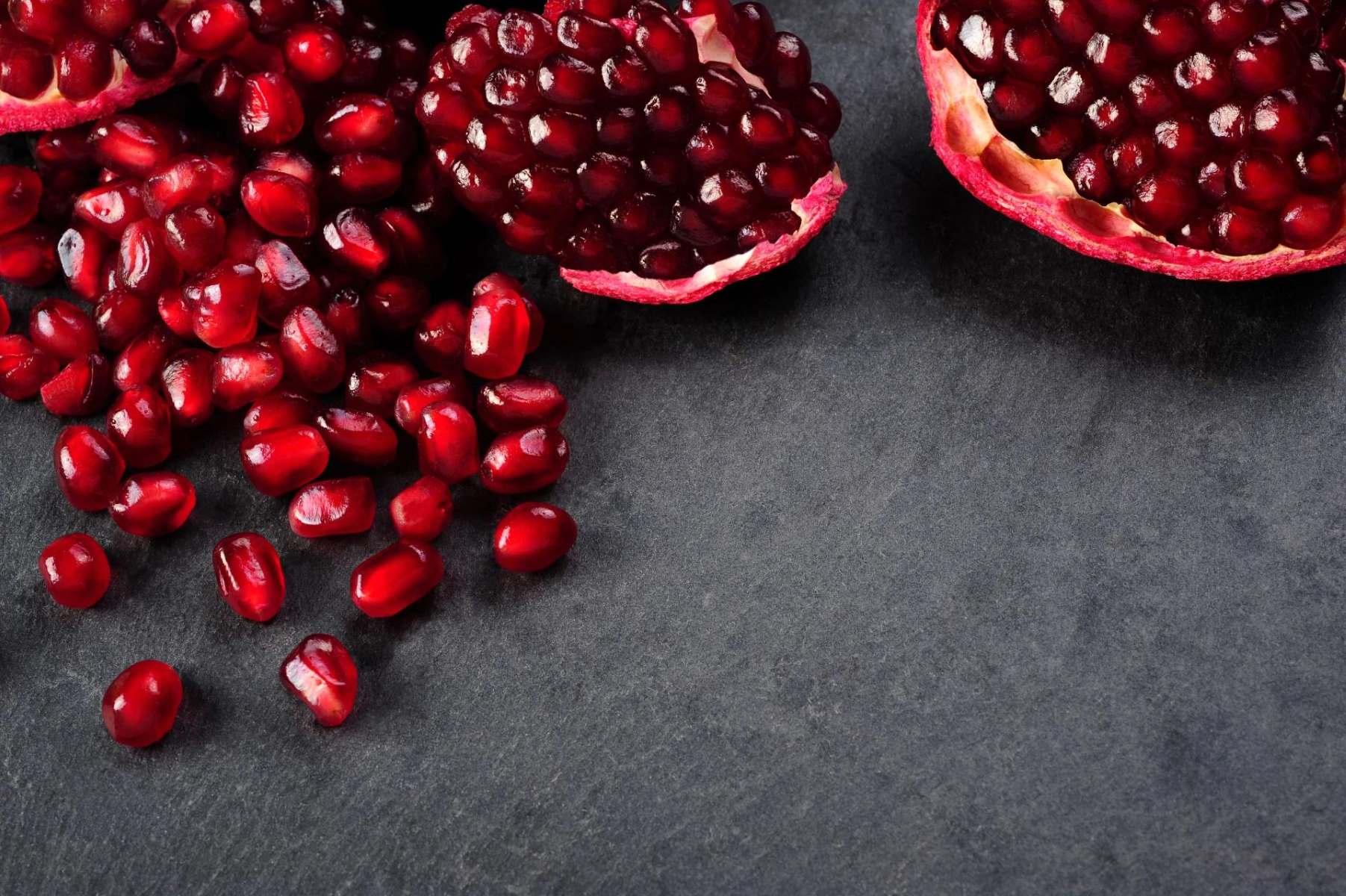

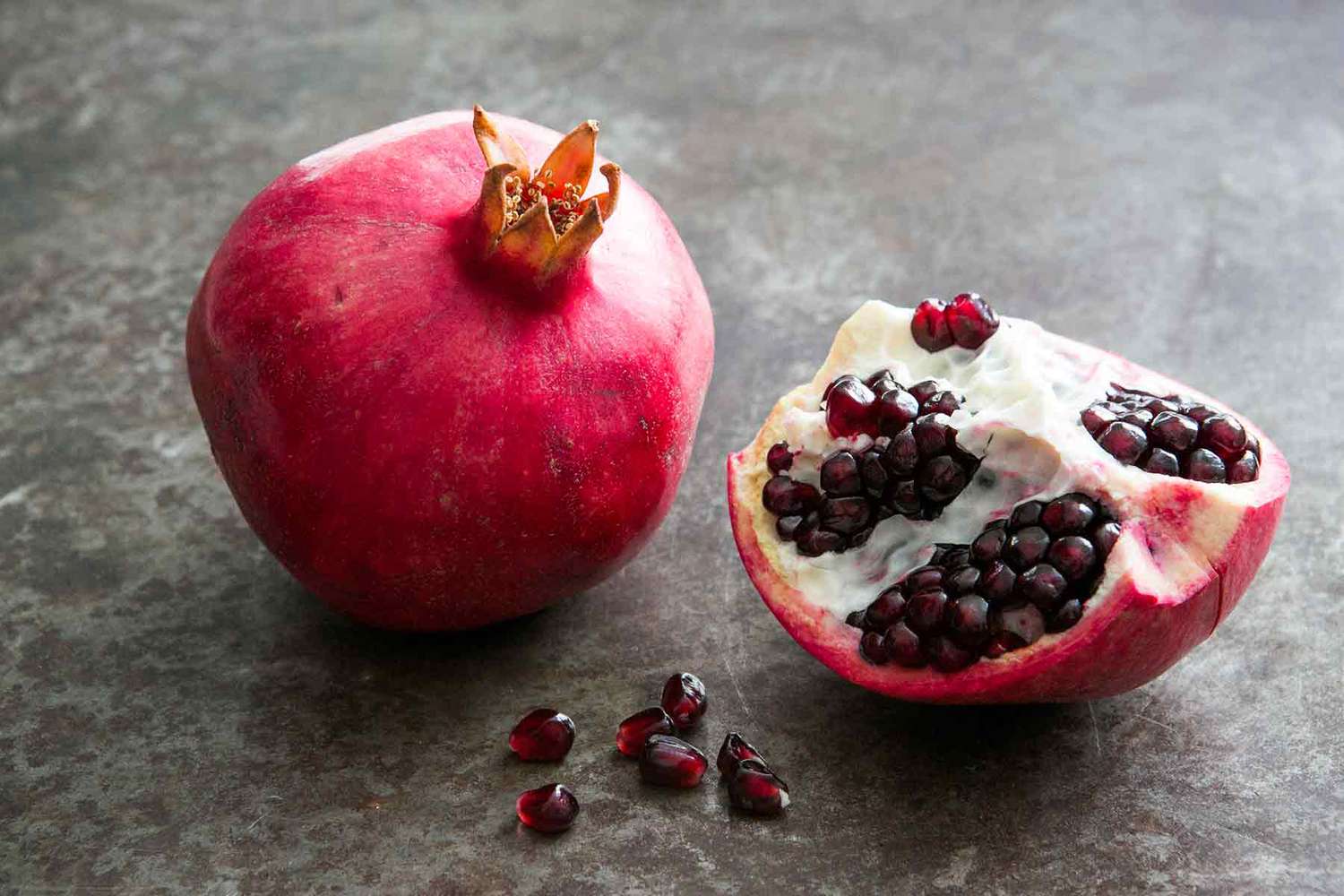
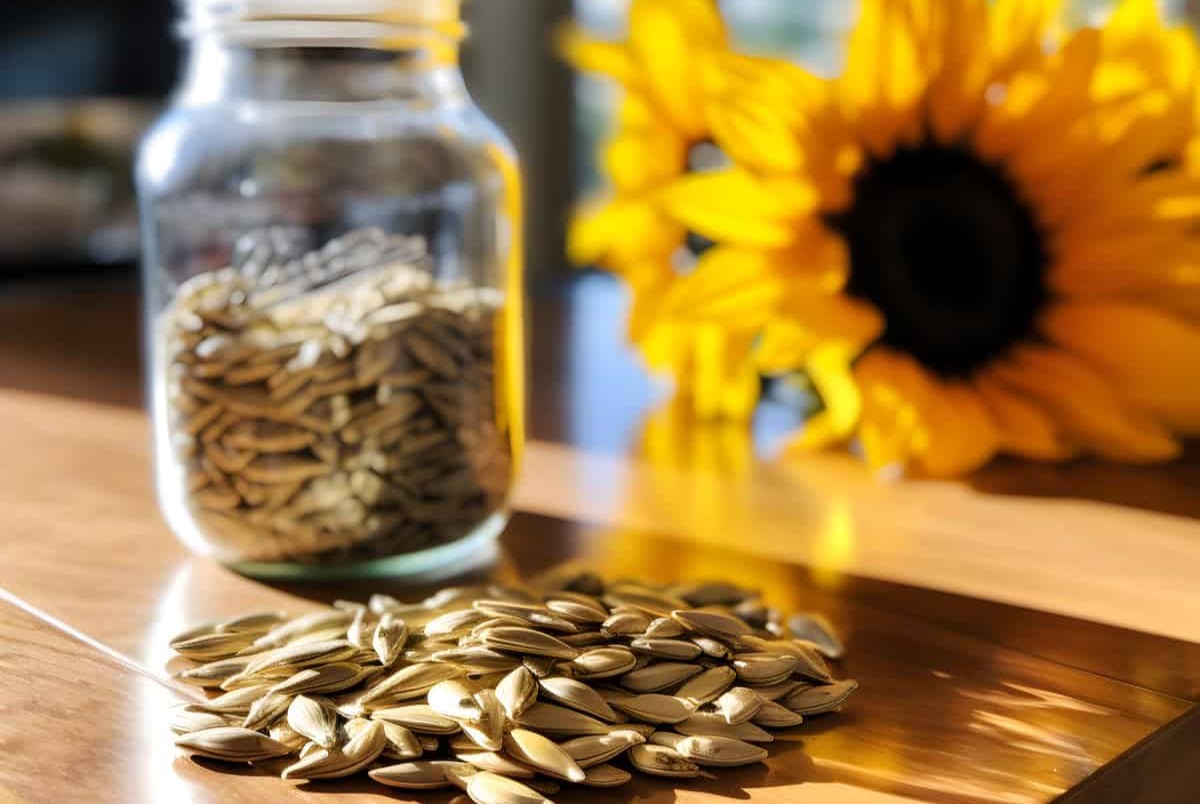
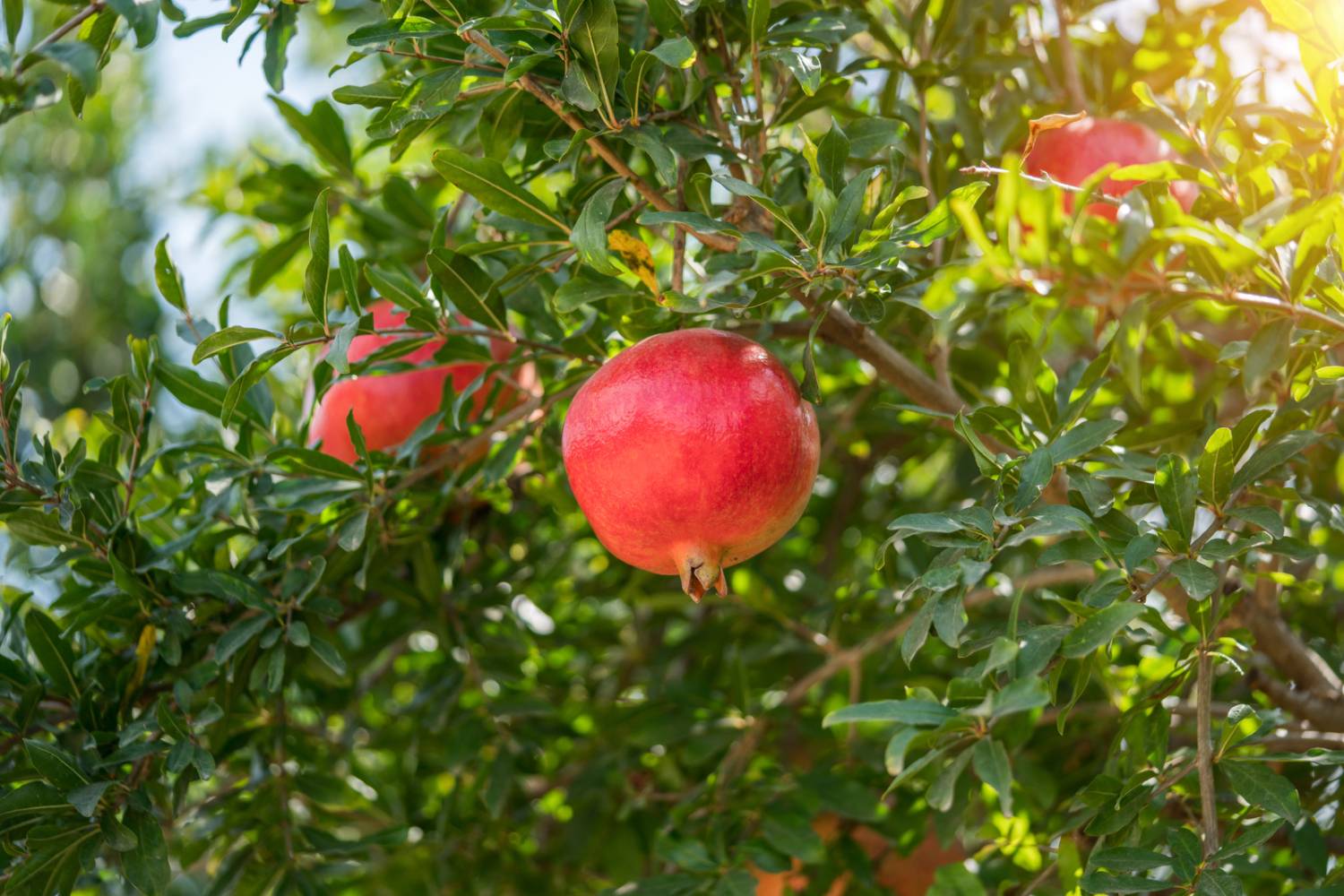
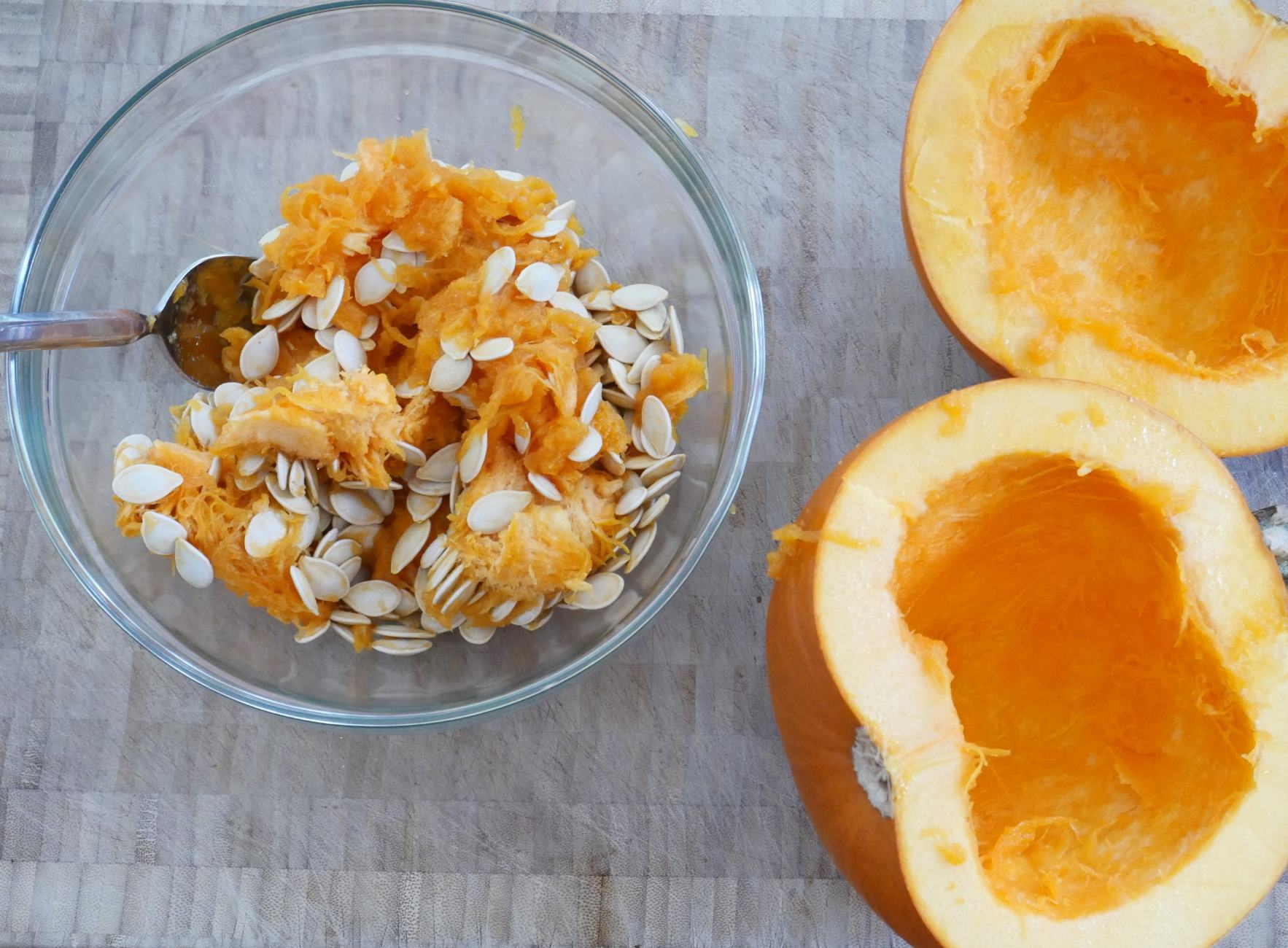
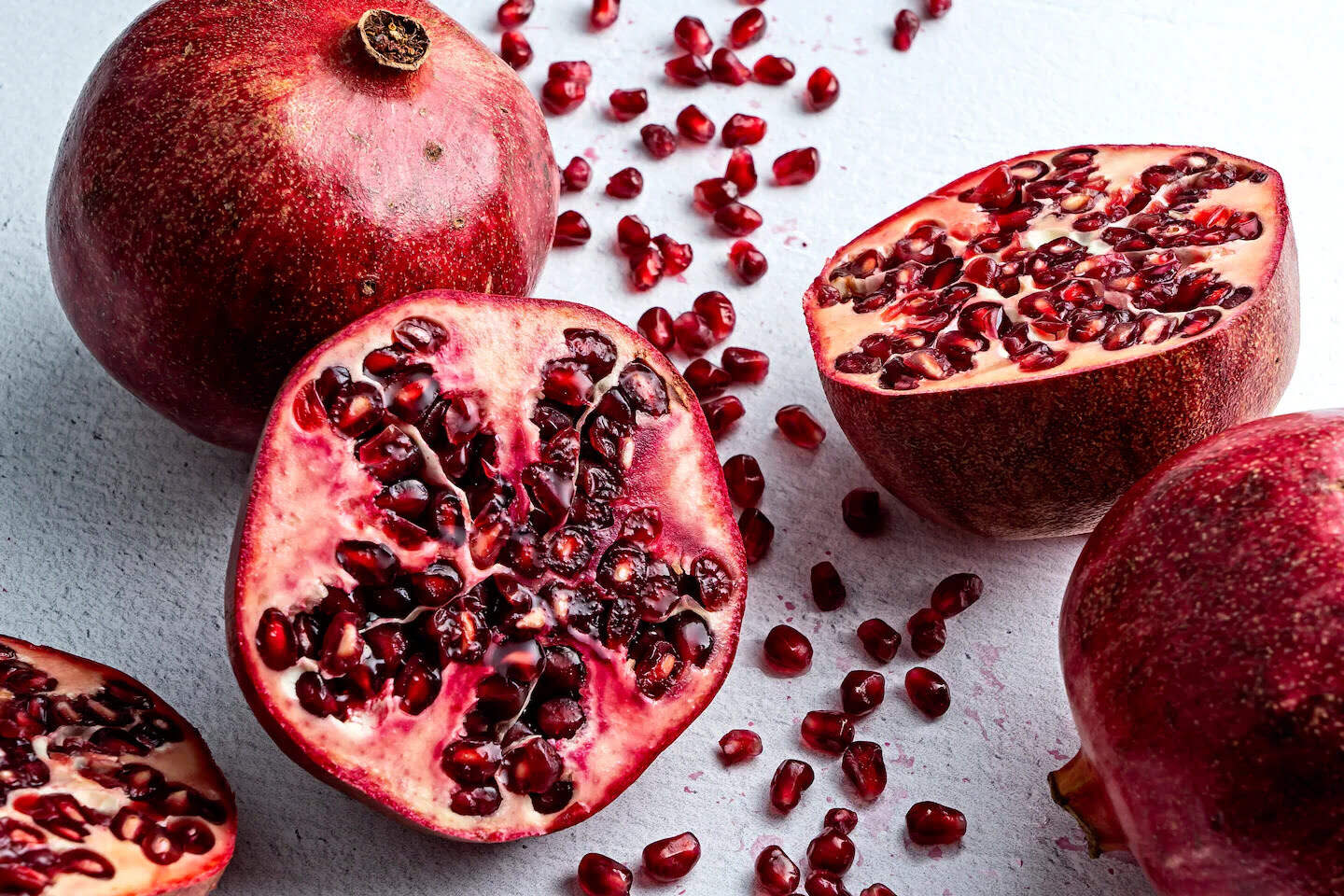
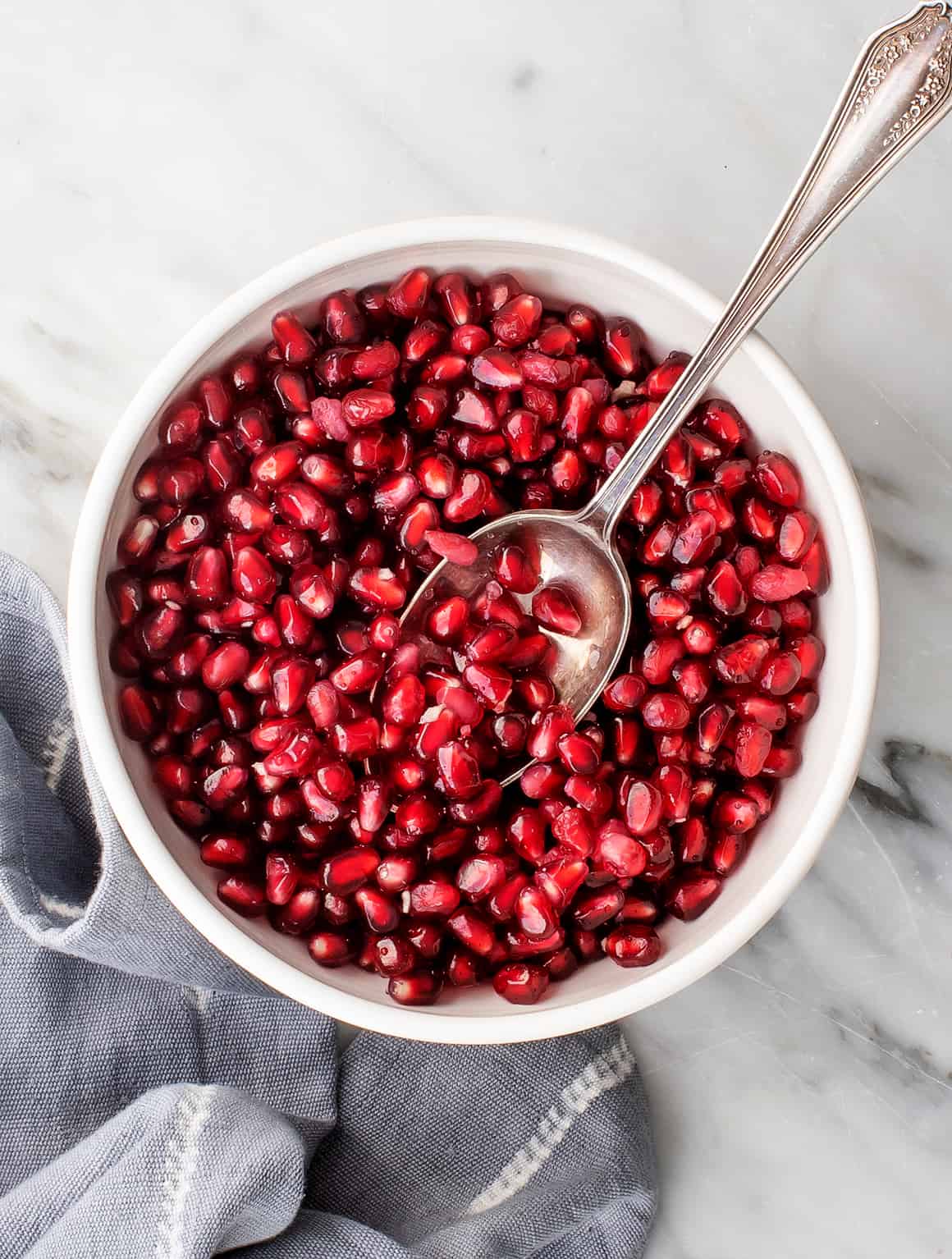

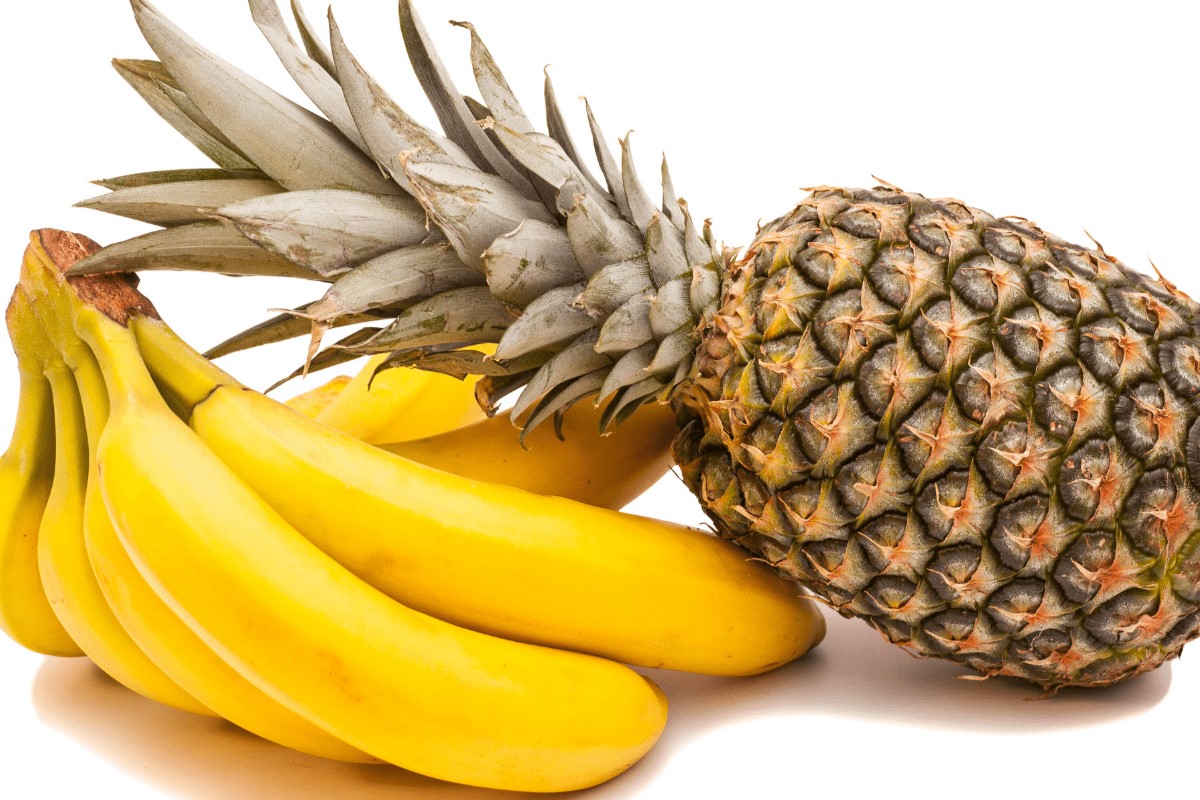


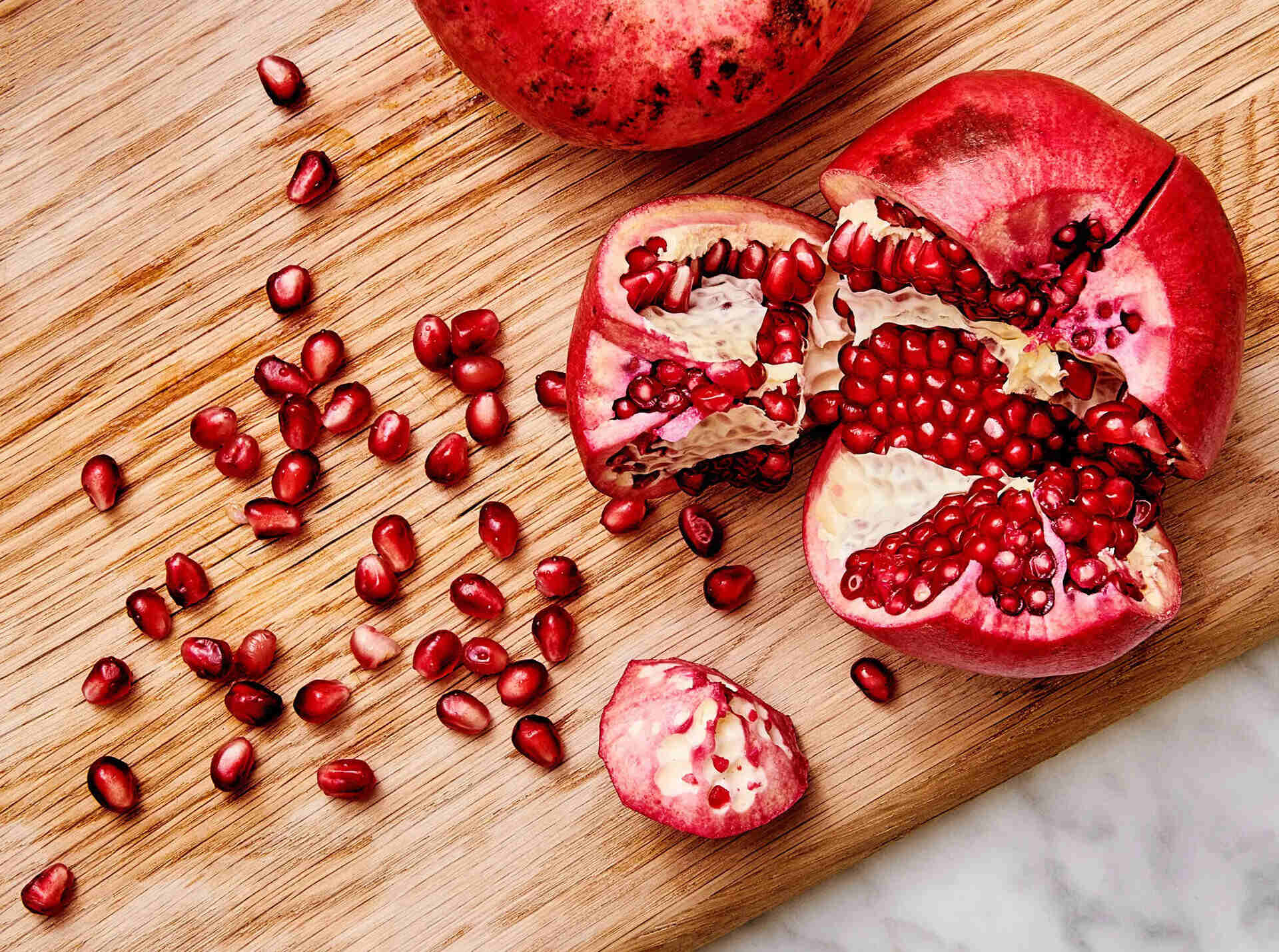
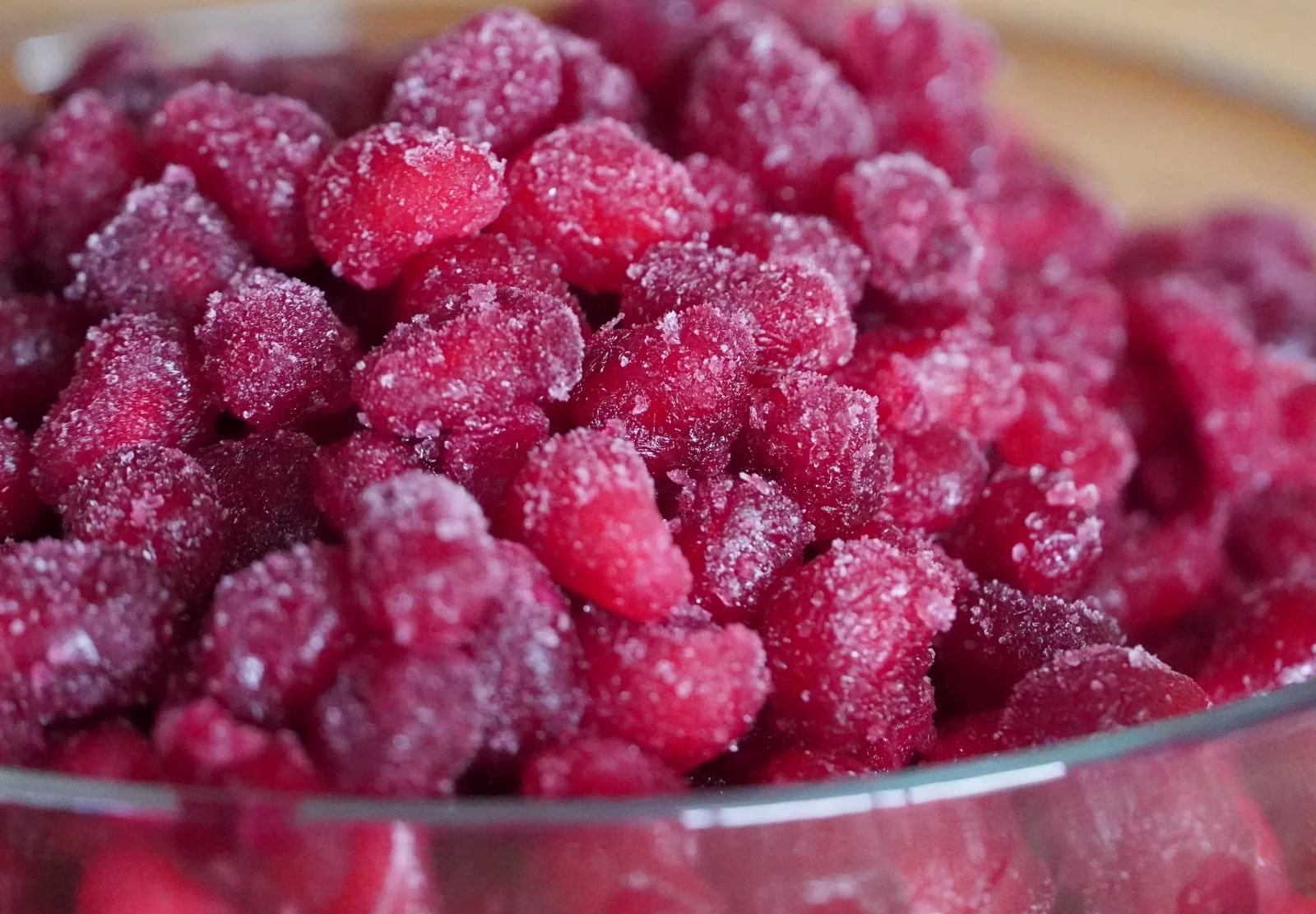

0 thoughts on “How Many Seeds Does A Pomegranate Have”